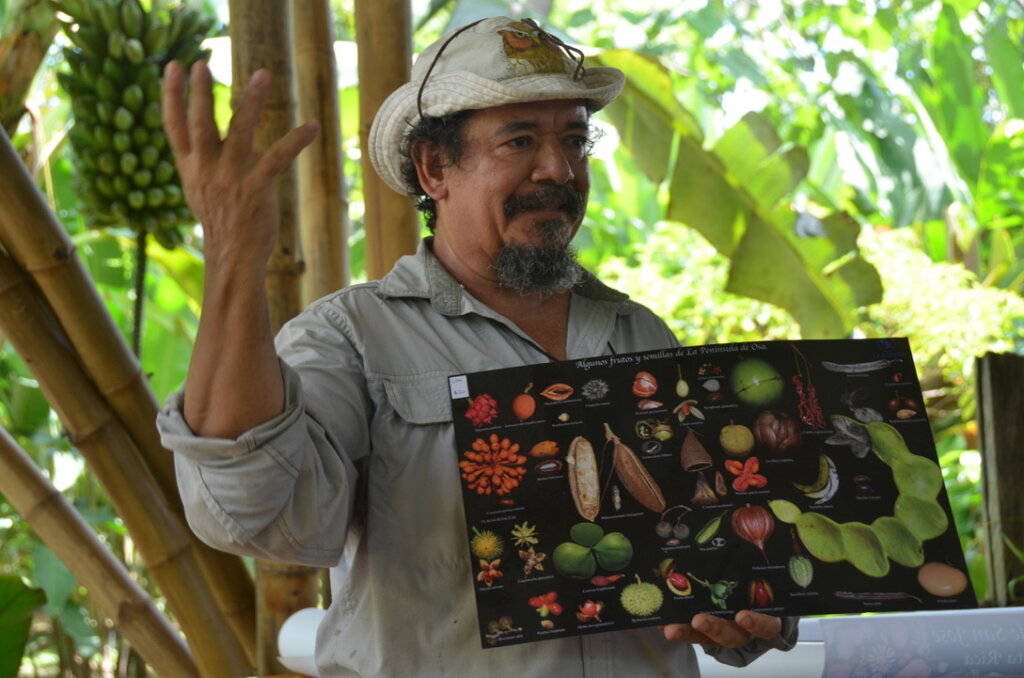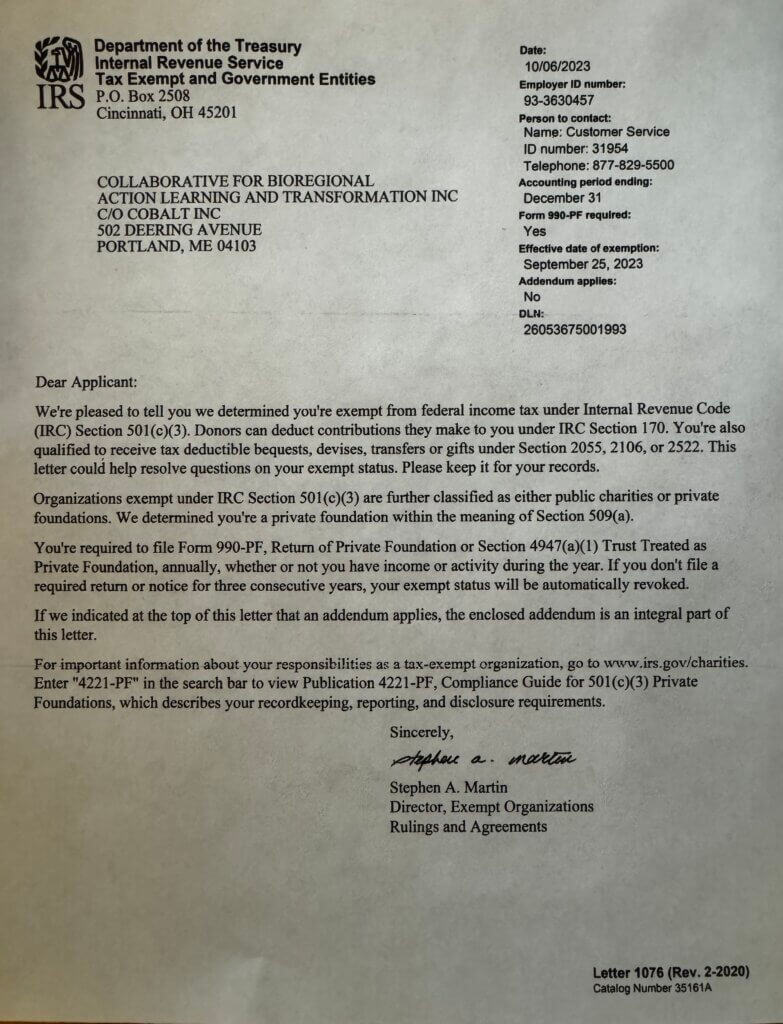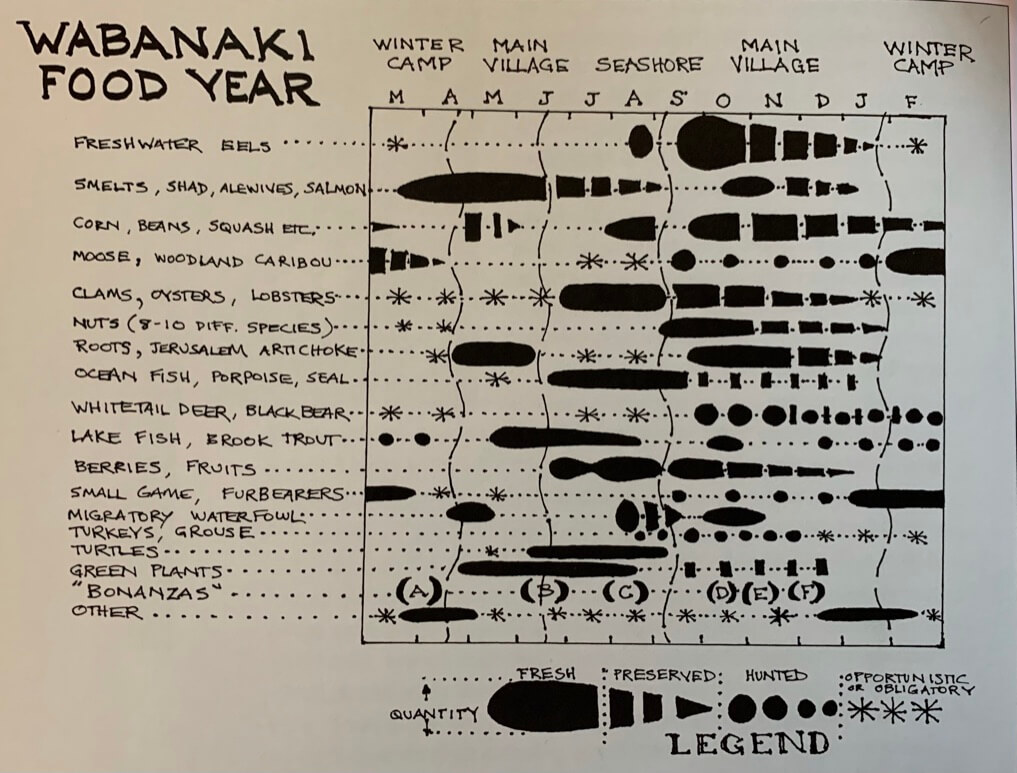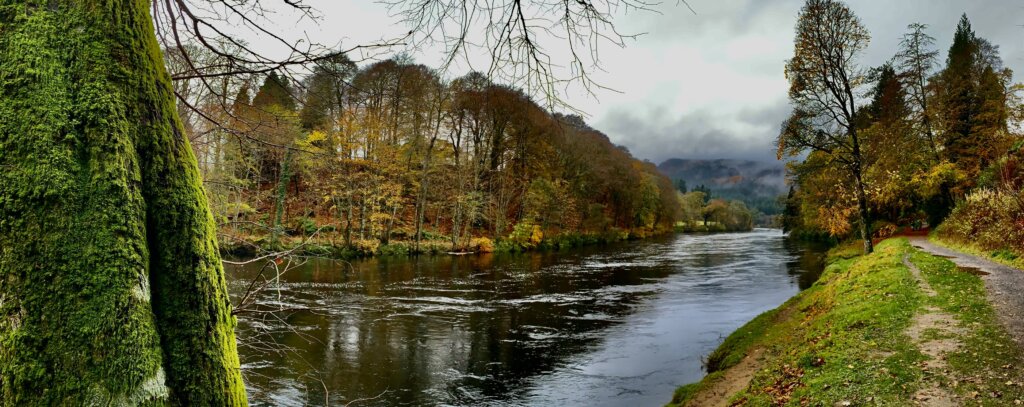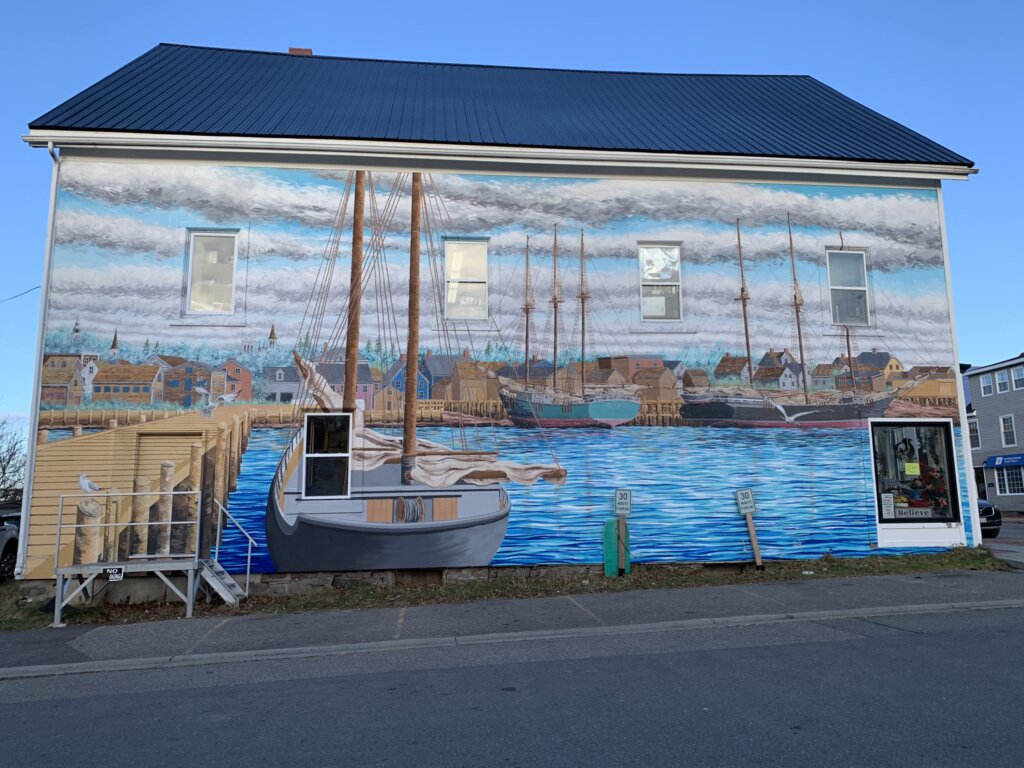About our Work
Joins us and learn how to see together to connect and accelerate positive change. To learn more about Team Zostera, here is a Story Map that provides significant background materials and describes a bit more about this amazing ecosystem and why stewardship is so important here in Casco Bay. To learn more about Learning Journeys, here’s a story of a recent COBALT Learning Journey to Iceland, produced by our storytelling partners at MS Storyworks who feature our work on their showreel.
COBALT is an IRS designated 501(c)3 tax-exempt foundation operating in Maine. COBALT is an acronym for the Collaborative for Bioregional Action Learning & Transformation. This is a global group focused on developing pathways for a more just, equitable and regenerative future on our planet in the face of massive social and ecological change. We are closely aligned and separate from SustainaMetrix team that has been conducting collaborative work in coastal communities across the globe for over 20 years including in the Arctic, Europe, Africa, Pacific Island, Caribbean, Latin America and North America. Our philosophy and reason for being parallels the thinking laid out in the 2021 Nobel conference keynote paper Our future in the Anthropocene biosphere (Folke, C., Polasky, S., Rockström, J. et al. Our future in the Anthropocene biosphere. (Ambio 50, 834–869 2021). This paper captures why work like that of COBALT is so timely and must integrate community science/stewardship efforts like Team Zostera and development of Bioregional Digital Twins. For more information on COBALT please contact us.
COBALT: In Service To The Great Transformation
- From globalization to glocalization – using bioregions as the framing;
- From productivity to regenerativity – starting with our food, energy and water systems;
- From growth based on extraction of natural resources to flourishing based on stewardship, pride and awe of the myriad of services, values and beauty ecosystems and nature offers;
- From ownership of things to access to just what we need;
- From programs such as carbon offsets that support “business as usual” – to invitations to stewardship that supports pathways to adaptation and transformation;
- From seller-buyer markets to provider-user networks that inspires stewardship action – offers access to just what we need;
- From linear processes that centralize power of a few individuals at the expense of whole communities where they live – to complex, dynamic (indeed cybernetic) processes and systems thinking that supports cycles of life and regeneration;
- From vertically integrated economies of scale to laterally integrated economies of scale that inspires mindsets and behaviors of “just enough”;
- From centralized value chains to distributed value chains that are aimed at the margins – those with less agency;
- From corporate conglomerates to agile, high tech small and medium sized cooperatives block-chained in fluid commons that support transformations systems;
- From Intellectual Property to open-source sharing of knowledge;
- From zero-sum games to network effect;
- From rampant consumerism to ecological stewardship that has healing benefits – “Heal thyself ~ Heal thy-place and Heal thy-place ~ Heal thyself;
- From gross domestic product at the one big shiny metric to “Blue Marble Evaluation” principles with a wide range of indicators that speak to quality-of-life based on social/ecological context;
- From negative externalities to circularity and stewardship;
- From geopolitics to biosphere politics;
- From analog bureaucracies to digital platforms;
- From western Colonization to indigenous wisdom;
- From sovereignty/dominion over nature to stewardship of regional ecosystems;
- From managing nature as property (in places and spaces) to a new relationship with our spheres of life that interact through processes, patterns and flows. These spheres of life include:
- Water – hydrosphere (thinking beyond watersheds)
- Minerals/nutrients – Lithosphere (thinking beyond just below-ground)
- All elements that comprise air – atmosphere (thinking towards airsheds)
- Textiles – fibersheds
- Food systems – food sheds
- Etc.
- From paradigm of autonomous self to our own existence seen as extensions of the spheres of life – and our health and future is interwoven;
- From governance of natural resources to stewardship of regional ecosystems. Bioregional governance that is far more distributed, with local communities taking the roles and responsibilities of adapting to and stewarding the 19 km (15 mi) biosphere that encompasses the lithosphere, hydrosphere and atmosphere – the only area of life – in the universe that we know like exists;
- From democracy to “distributed peerocracy” where everyone is invited to engage in the governance of their bioregions;
- From voting once every 4 years – to active ecosystem stewardship as an act of political action;
- From power over to humility, mindfulness and critical thinking;
- From intellectual intelligence – to emotional intelligence;
- From the old scientific paradigm (nature as resource) to complex adaptive social/ecological systems modeling (nature as life force that we MUST steward) – what we are calling the bioregional digital twin.
List above adapted and further developed from THE AGE OF RESILIENCE: REIMAGINING EXISTENCE ON A REWILDING EARTH. By Jeremy Rifkin ‧ Published November 2022
Principles that Guide our Work
We are guided by the CARE Principles for Indigenous Data Governance.
We are guided by the Blue Marble Evaluation Principles for our approach to engaging with complexity and uncertainty.
We are guided by the Principles of Regenerative Development and Design for the built environment.
We are guides by the Capital Institute’s Principles for Regenerative Vitality.
Why Bioregional Learning Journeys?
We all need healthy local food, reliable sources of renewable energy, efficient and affordable low-carbon transportation, clean water, and access to health care. A Bioregional Learning Journey is about asking new types of questions, and learning how to craft a way of life by seeing remarkable innovations, breakthroughs as well as barriers and roadblocks.


Casco Bay , U.S.A.
Casco Bay Bioregion within the Gulf of Maine (one of the most rapidly warming systems on the planet) our major focus here on seeing, connecting and accelerating the “green shoots” of transformative change – and what better metaphor that surrounds us in the coastal ecosystem – are the amazing seagrass meadows and tidal wetlands and from there – everything is related from the relationship to food systems and wastewater treatment – to transportation/mooring buoys dredging/even cruise ships.
Tayside And Furth of Forth Bioregion, Scotland
We helped to launch this initiative a few years ago and they have a rather amazing energy forming called Bioregioning Tayside – which is a community led effort to realize the bioregion, remember the primacy of natural systems in survival, reconnecting with those natural systems, re-orientate human activity to promote resilient environments and livelihoods and restore the natural systems on which we all depend. I’m heading there later this month to further define a bioregional digital twin project that will link Casco Bay and Tayside in the development.
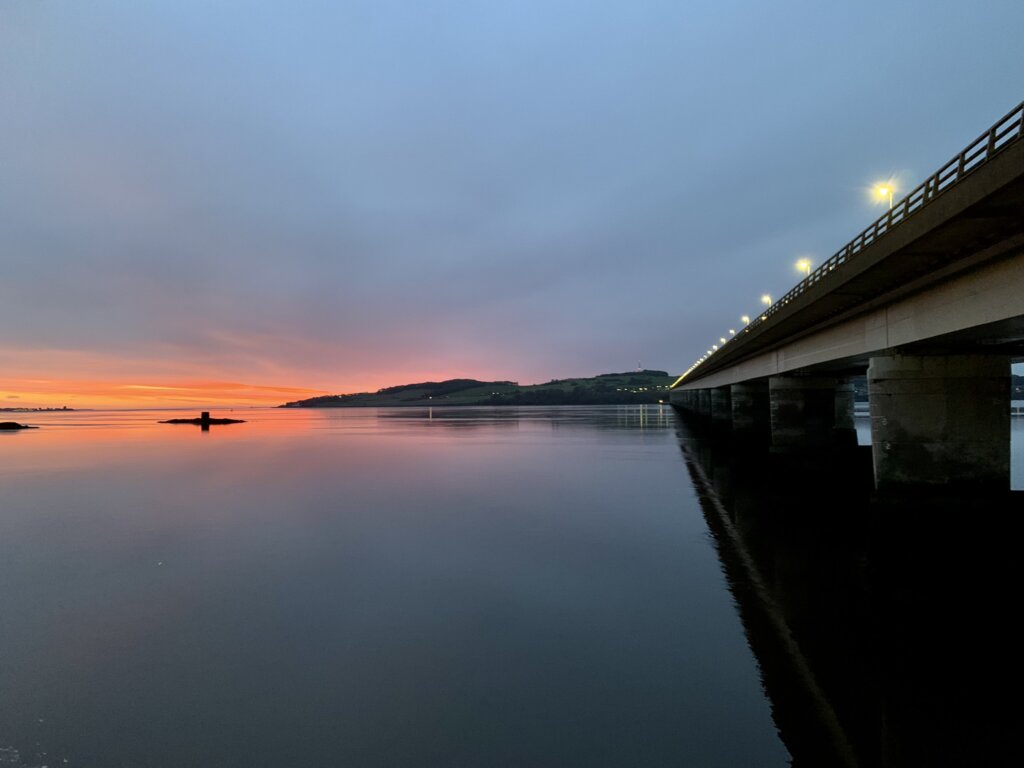
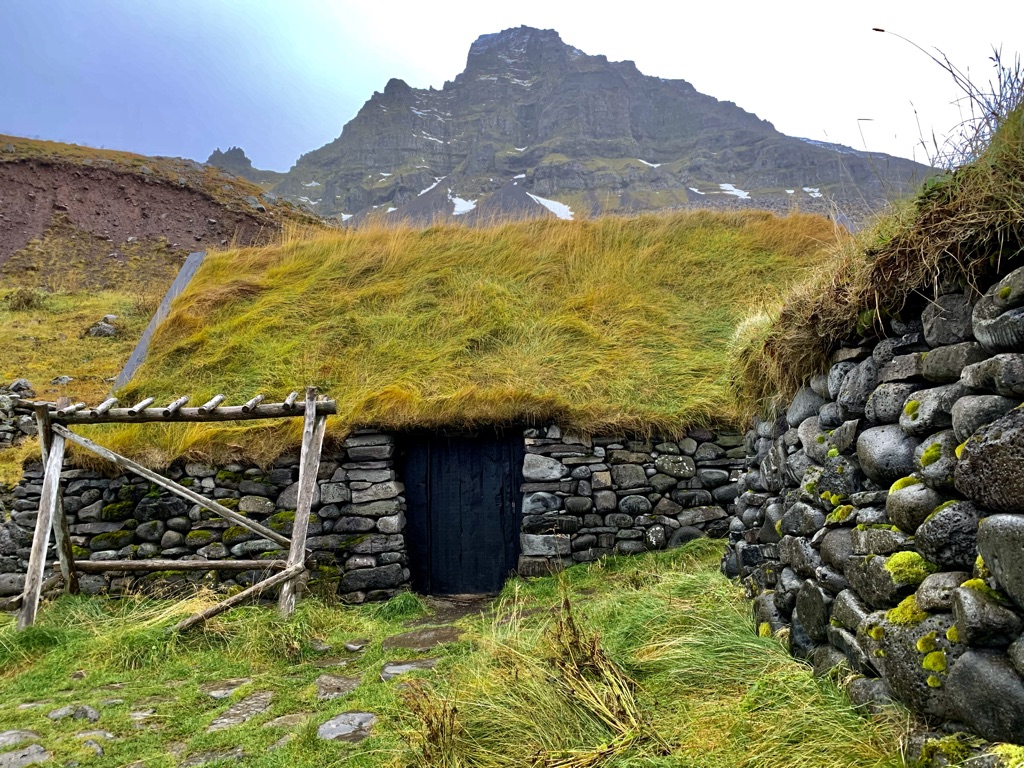
Westfjords, Iceland
We have developed strong relationships with colleagues across the Arctic through the UArctic Thematic Network – and have focused on the Westfjords in Iceland and coastal adjacent habitats such as seagrass meadows in Iceland. Here’s a brief video of a Bioregional Learning Journey to the Westfjords – The focus here is also on coastal ecosystems – but given the DRAMATICALLY different context to Casco Bay – the focus is on more rural issues depopulation, consolidation of municipal authorities, dramatic absence of wastewater treatment and the explosion of adventure tourism across the Westfjords.
Osa Penisula, Costa Rica
Part of the Eastern Tropical Pacific Bioregion = 2% of the worlds biodiversity under massive development pressure – here’s a Story Map of a 3-day Learning Journey to the Osa Peninsula we led in March. This is bilingual and led by amazing young leaders in Costa Rica – who are thirsty for the integration and how to link narratives and numbers to tell transformative stories.
